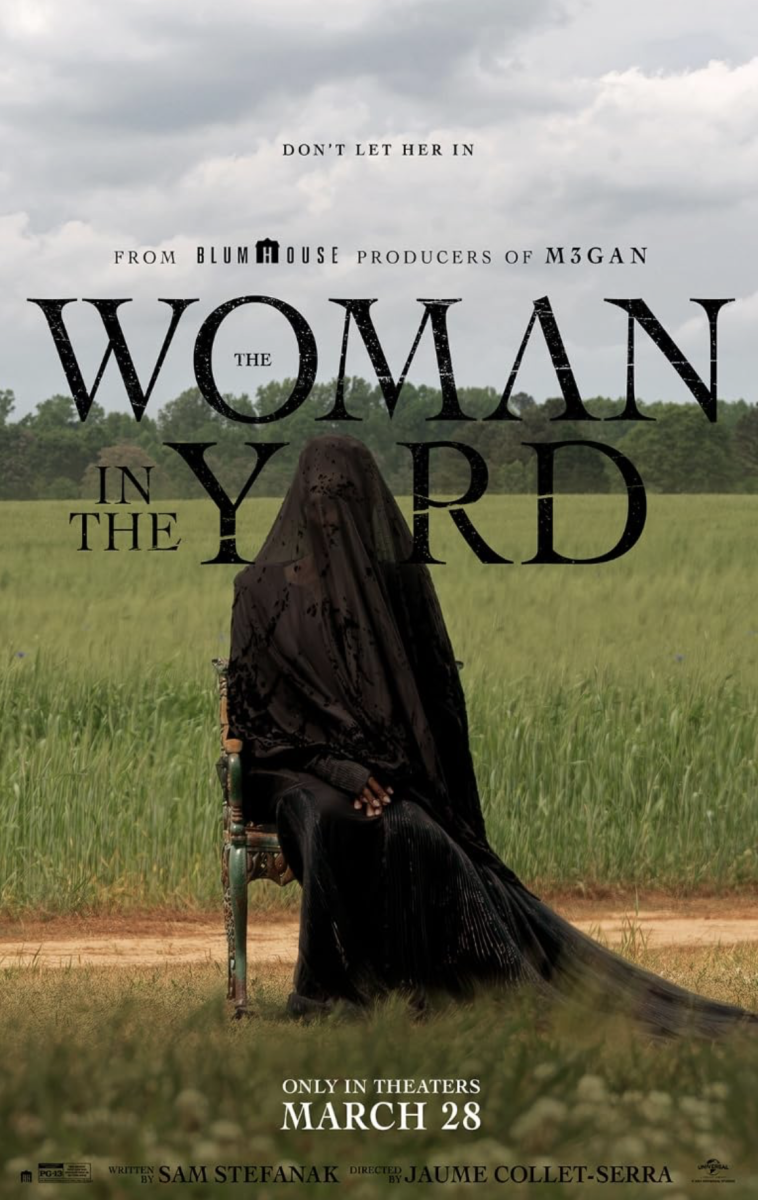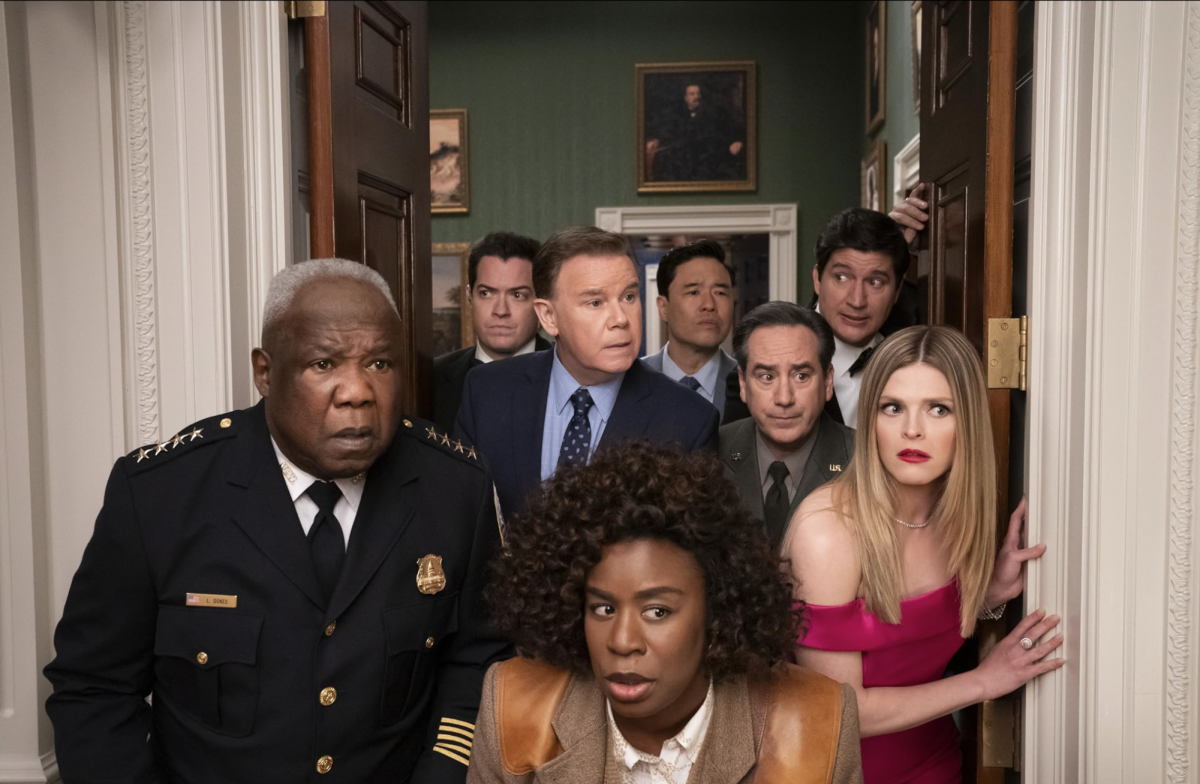The characters of “Bellflower” only have one thing on their minds: the end of the world. With their grimy apartments and impulse-driven existences, they practically exist on the fringes of society, and it’s telling that the scene which introduces main character Woodrow (writer-director Evan Glodell) to love interest Milly (Jessie Wiseman) is a bug-eating contest in a grungy bar.
Woodrow lives with best friend Aiden (Tyler Dawson), and the two drink, hang out and build weapons they can put to use in a post-apocalyptic landscape. Inspired by the “Mad Max” films, the duo builds flamethrowers and hell-mobiles, and their friendship is one of the true bright spots in “Bellflower.” It’s a lived-in, well-written pairing that has all the authenticity of the pair’s real-life, years-long friendship. Aiden is a vibrant, funny character, and Dawson brings a charm to each of his scenes.
Glodell, on the other hand, lacks chemistry with most of the cast. His scenes with Dawson are all too brief, and while he has his moments in the rest of the film (mostly in its first half), Glodell’s scenes with the rest of the cast tend to find him struggling to make his character compelling or sympathetic.
Woodrow’s relationship with Milly starts off equally charming as the two go on an extended first date that becomes a cross-country road trip compelled by their own impulses; some good, some bad. Unfortunately, these scenes also showcase some of Glodell’s weaknesses as an actor, as his character alternates being charming and irritatingly whiny.
The film’s second half, which puts Woodrow through an emotional apocalypse that proves to be just as dangerous to the people around him as the literal one he’s been preparing for. This section is nowhere near as engaging as what comes before, throwing the delicate characters the film has been building out the window for long scenes of supposed friends being terrible to each other and wallowing in their own angst.
Frustrating as it can be, the second half is hypnotizing, setting the audience adrift in the narrative to bounce from one stunning image to another before it eventually crescendos into a hallucinatory barrage of sex and death. While many of the stylistic and narrative flourishes in the film’s latter half work better as ideas than in practice, it’s still hard to fault Glodell for aiming too high with his climax.
In fact, even while “Bellflower” has its narrative issues, the film is an undeniable achievement for Glodell, who took do-it-yourself to another level by building not only a flamethrower and heavily reinforced car for the film, but by constructing many of the cameras used in filming. The film is drenched in a bleak, sweaty, high contrast atmosphere, made all the more intense by Glodell’s odd, precise use of light and composition. As the film gets more dislodged from reality, its images become increasingly surreal and gorgeous.
Glodell certainly doesn’t stick the landing with “Bellflower,” but the film is still a singular, personal piece of work that showcases an intriguing, pleasantly twisted way of looking at humans and their interactions. The film is an enthralling debut that frustrates as much as it satisfies, but it’s also a promise of very good things to come from Evan Glodell — as long as he stays behind the camera.
Printed on Thursday, August 11, 2011 as: Do-it-yourself movie 'Bellflower' succeeds, but lead disappoints




















